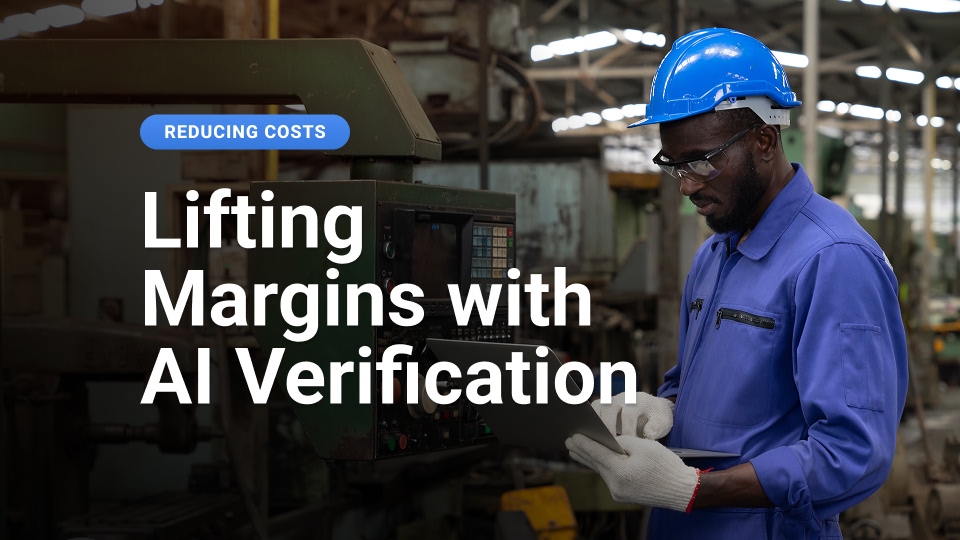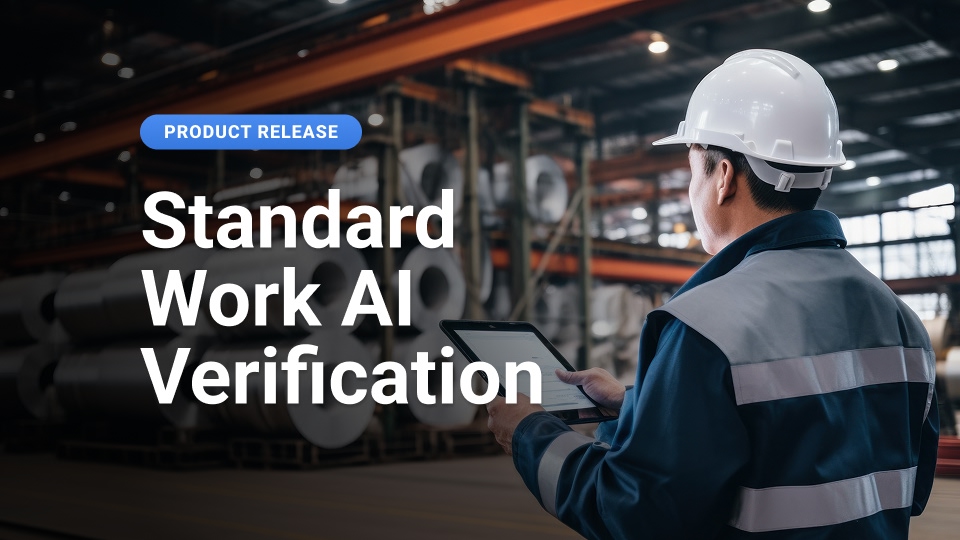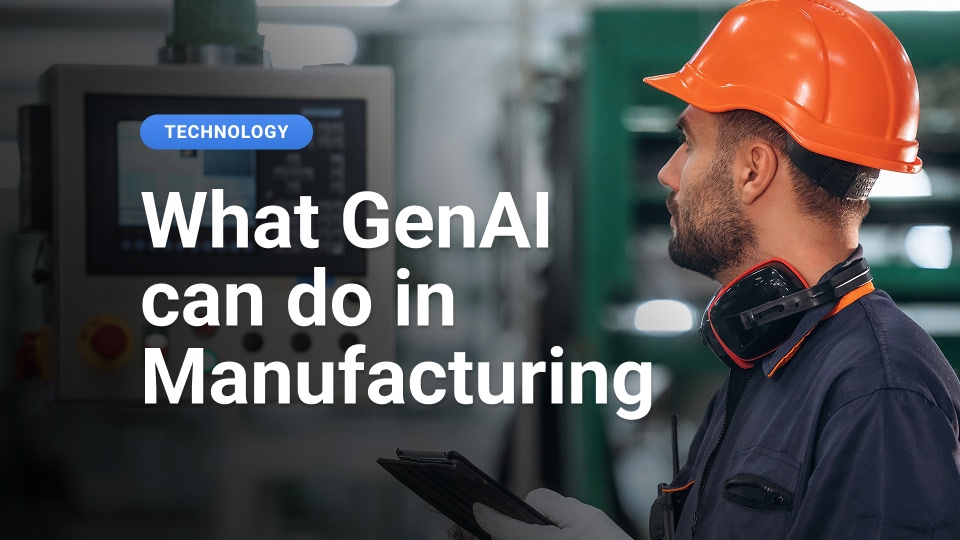
Training with classroom sessions, thick manuals, and weeks of onboarding sucks. It's awful to find instructors. It's awful to sit through it all. And it's awful to ensure that trainees can apply the skills outside the classroom.
There are half a million manufacturing job openings in the US, and this dated training manifests into multiple horror stories that have become too commonplace.
- A company onboards twenty people, but only two remain after 90 days.
- Over lunch, an entire crew decides to leave.
- Or someone forgets to shut down a machine properly, and a life-altering consequence transpires.
The costs of ineffective knowledge transfer go beyond training. It's affecting the top line, bottom line, and safety. The industry averages a 28.6% turnover rate, with 50% of employees leaving within the first three months. This lack of know-how is reflected throughout factories, resulting in an average of 27 hours of unplanned downtime and 2.4 injuries per 100 workers annually. So what's the annual cost of this? Assuming a factory of 1,000 employees, ~ $7.4 million in expenses, that could have been prevented with a better approach to training.
- $2.4M for employee onboarding ~ assuming a $7.5k employee replacement cost
- $3.2M for unplanned downtime ~ assuming $10k/hr of downtime
- $1.8M annually for workers' injuries ~ assuming $45k claim per incident (Not to mention the personal and humanitarian costs)

It's NOT a capability problem. It's a delivery problem.
No one gets to play the victim here. Blaming regulations, processes, or the incoming workforce isn't a solution. Things change all the time - and this is the hand we've been dealt. We can’t wait around for a better draw to bail us out. We have to make the best hand we can with what we have.
Developed mechanical aptitude has been in decline over the years, but this is mainly because most people don't perform as many hands-on tasks in their day-to-day lives. And yet, this latest generation is more interested in technical work, they just don’t have the natural, lived experience. Additionally, individuals in their secondary careers are open to transitioning from white-collar to blue-collar jobs. The appetite is there, but you have to embrace how people are learning today to make the most of it.
Show, don't tell.
When you needed to fix something, did you pull up the user instruction manual or search YouTube?
When did you get your first holy sh!t moment when you used ChatGPT? When you read a news article, your friend told you, or you typed a question on your own?
Your intuition is backed by science. Multiple studies have shown that workers who use instructional videos have significantly better knowledge retention and on-the-job performance.
- Ideal for Learning Physical Skills. Video improves learning by 30% compared to instruction manuals.
- Workers Learn Faster. Video learners apply concepts more quickly and pause less frequently when trying to recall what to do.
- Video Improves Work Performance. People who watch videos perform better both immediately and two weeks later.

Make it accessible.
If you can't get the right video to the person who needs it, then all you've done is create some pretty videos. There's no ROI, and your leadership team couldn't care less. Conversely, companies that make video and other content accessible see outsized benefits.
- Workers Stick Around. Electronic learning with skill assessments increases retention rates by 25–60%.
- Onboarding is Faster. Online learning methods require 40–60% less time than traditional classroom learning.
- The content is up-to-date. Electronic content can be quickly updated, extracted from videos, and, if necessary, reprinted to create manuals for compliance.
Make it available when needed.
The transformational benefit is making information available when the worker needs it in the moment.
- Learning styles are evolving. Sixty-eight percent of employees want to learn on the job, and 58% want to learn at their own pace.
- Aligned with modern preferences. Nearly half of workers (49%) say they prefer to learn when necessary, not before.
- It's Intuitive. Ninety-one percent of people have watched a video to understand how to use a physical product when needed.

Training in the flow of work.
On-demand training and guidance mirror how people already seek knowledge: on-demand, visual, and tailored to specific needs. Whether it's a 30-second video or a digital reference guide, this kind of support builds competence and confidence simultaneously. When delivered through mobile, training frequency has been shown to increase by 42%.
By shifting to modern training and delivery through an on-demand, accessible companion, organizations empower their workforce to learn more quickly, retain knowledge longer, and rapidly adapt to the demands of their jobs.
Curious how to build workforce readiness for your organization?
Download our Workforce Readiness Guide and tap into real strategies to start building your action plan.









